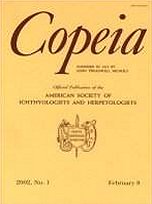The claustrum, one of the Weberian ossicles of otophysans, is here proposed as homologous to the accessory neural arch (ANA) of lower teleosts. This idea is based on structural and topographical correspondence, as well as on ontogenetic timing of differentiation and ossification. Claustrum and ANA are similar in general shape and occupy the same position relative to other vertebral structures. They are both derived from paired cartilage precursors that differentiate around the anterior part of the neural canal. Also, chondrification and ossification of ANA and claustrum are markedly delayed relative to surrounding elements, such as regular neural arches and supraneurals. The new hypothesis implies that the accessory neural arch is actually present in otophysans (modified as claustrum) and therefore that its loss cannot be considered as an ostariophysan synapomorphy. Loss of a separate accessory neural arch in adults is instead an additional synapomorphy of Gonorynchiformes, a loss homoplastic with various other teleostean subgroups, the largest of which being Ctenosquamata. Despite various developmental differences, ANA may be a basidorsal derivative and therefore homologous to the neural arch series.
How to translate text using browser tools
1 December 2003
Ontogeny of the Accessory Neural Arch in Pristigasteroid Clupeomorphs and Its Bearing on the Homology of the Otophysan Claustrum (Teleostei)
Mário de Pinna,
Terry Grande
ACCESS THE FULL ARTICLE





